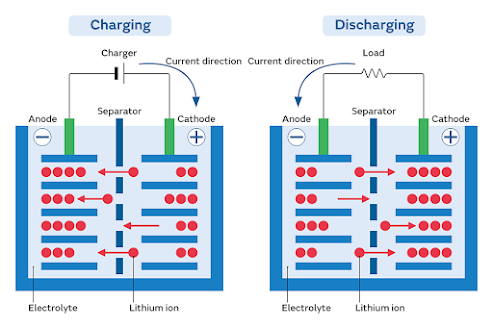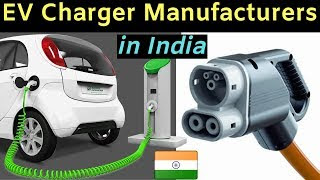characteristics of lithium ion battery
characteristics of Li-ion batteries
It can be seen from the diagram that higher discharge currents make cell capacity decay faster and cycle life become shorter; vice versa.
In the same way, it can also be found that Li-ion/polymer batteries are neither suitable for very high charge currents, nor suitable for being deeply discharged. Any extreme battery behaviors will bring a detrimental effect on cell capacity and cycle life. Balance is essential in using Li-ion/polymer batteries, which means that all the factors must be kept in balance to ensure successful usage.
Environment also has tremendous influences on Li-ion/polymer batteries. In fact, temperature has the greatest impact. The following diagram shows how temperature may affect the battery characteristics.
Based on the knowledge of the Li-ion/polymer battery properties, the industry has formed a three-stage Li-ion battery charge algorithm: pre-charge stage, constant current charge stage, and constant voltage charge stage. In a pre-charge stage, a battery is adjusted to prepare for fast charging with a large current. In a constant current charge stage, electrical energy is quickly restored back to the battery. In a constant voltage charge stage, a battery is going through the final adjustment so that the cell capacity can be maximized. The charge process of this stage is in full accordance with the need of the battery itself, in contrast with that the battery, in a constant current charge stage, is under a strong external force (electric field). The following diagram illustrates how charge works in the three charge stages, and their corresponding voltage and current curves.
If the battery voltage is lower than a predetermined threshold, usually 2.8V~3V for most of the Li-ion batteries, the charger will enter a pre-charge stage, during which charge current is set under C/10. During a constant current charge stage, charge current is usually set at around 1C, which is the current by which the cell capacity drops to 80% of its original value after 500 charge/discharge cycles. During a constant voltage charge stage, charge current gradually drops to a predetermined level, usually C/10. And when it happens, the charging process will be terminated.



Comments
Post a Comment